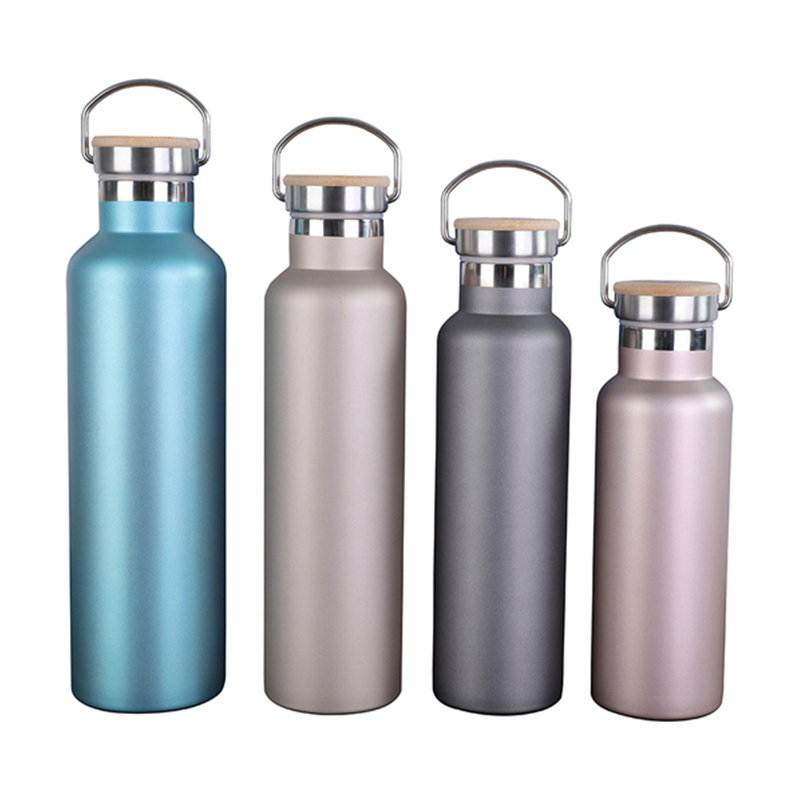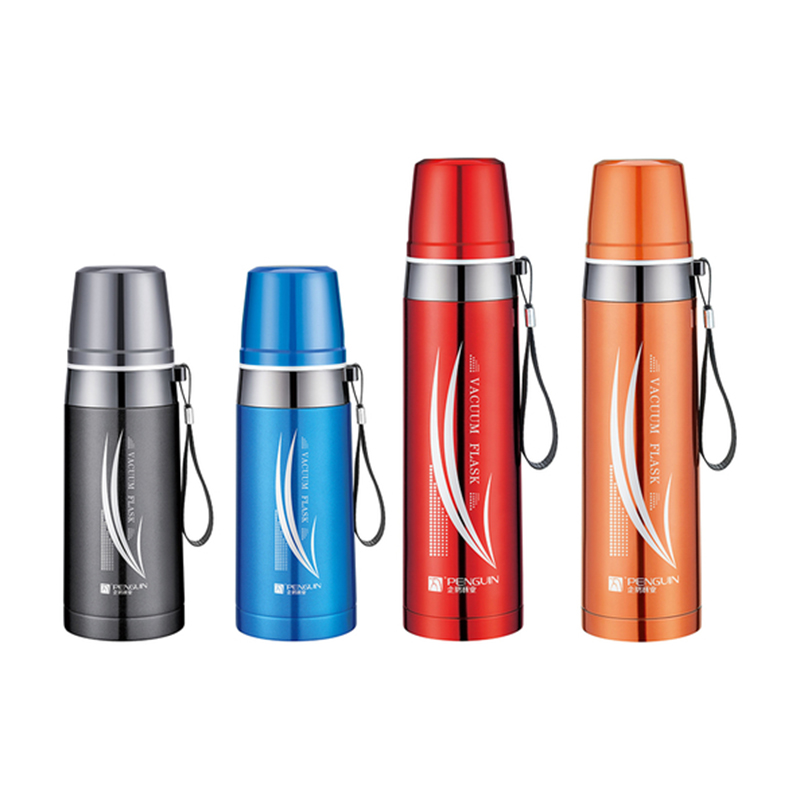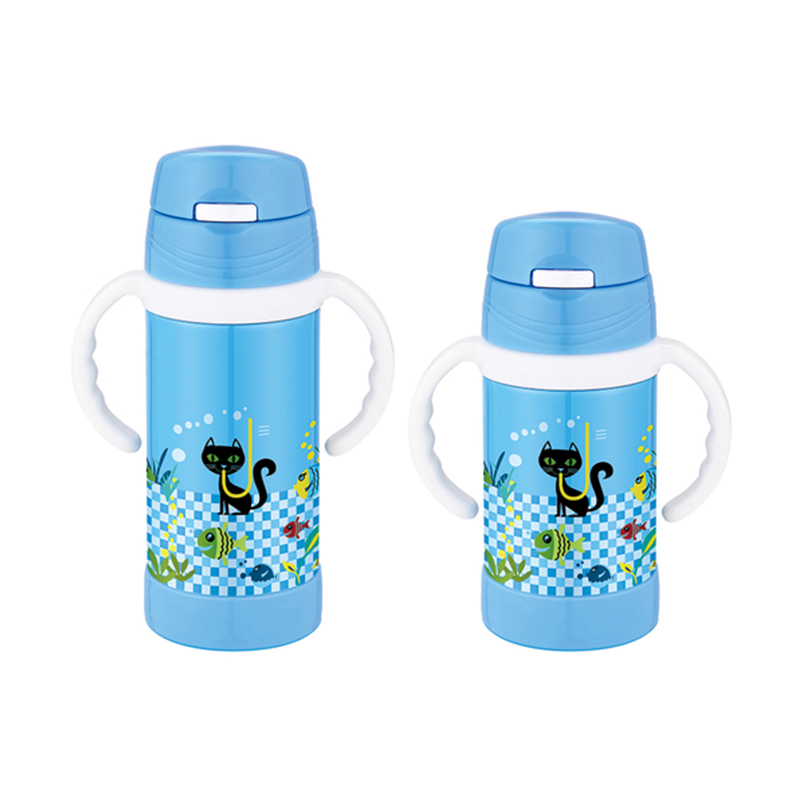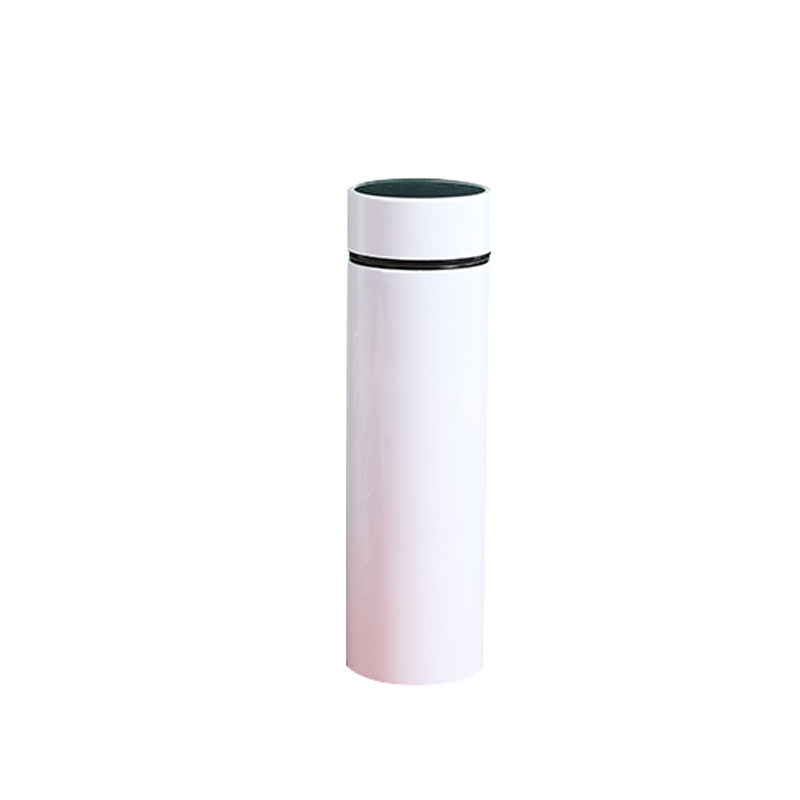Bottles for Beer and Coffee: From the Past to the Present
2025-07-04
The use of bottles for storing beer dates back several centuries. Early beer was often kept in clay or ceramic vessels before glass bottles became widespread in the 17th century. Glass was prized for its ability to preserve flavor and carbonation, as well as its inert nature, which prevented unwanted chemical reactions with the beer.

Coffee, traditionally consumed as a brewed beverage, initially relied on cups and pots rather than bottles. However, as coffee drinking habits evolved, so did the need for portable containers. Early coffee bottles were, with coffee more commonly carried in thermoses or metal flasks designed to retain heat.
Beer mug have undergone significant changes over the years, driven by technological advances and market demands:
Materials: Early beer bottles were made from heavy, dark glass to protect the beer from sunlight, which can cause spoilage known as "skunking." The introduction of amber and green glass improved UV protection. Today, clear glass is also popular, especially for craft beers, but often paired with packaging innovations to maintain freshness.
Shapes and Sizes: The standard long-neck bottle became popular for its ergonomic design and ease of handling. Specialty bottles, including stubby or swing-top types, cater to specific beer styles or marketing strategies.
Sealing Methods: Early bottles were sealed with corks or wooden stoppers, replaced later by crown caps in the late 19th century. Innovations like twist-off caps and resealable closures have enhanced convenience.
Sustainability: Modern trends emphasize recyclable materials and lightweight designs to reduce environmental impact. Returnable bottles remain common in some regions, promoting reuse.
While bottled coffee is a relatively recent phenomenon, it has grown rapidly in popularity, especially with the rise of ready-to-drink (RTD) coffee beverages. The evolution of coffee bottles includes:
Materials: Coffee bottles are commonly made from glass or plastic. Glass offers flavor preservation and a premium feel, while plastic provides durability and lower cost.
Design Features: Coffee bottles often include insulated properties or double walls to maintain temperature. Some feature wide mouths for easy drinking or resealable caps for convenience.
Portability and Convenience: Modern coffee bottles cater to busy lifestyles, enabling consumers to enjoy coffee on the go without preparation. The design often balances size, weight, and usability.
Sustainability Focus: Many brands are shifting towards recyclable plastics, biodegradable materials, and refillable systems to reduce waste.
While beer and coffee bottles serve distinct beverages, their design shares certain principles:
Protection of Contents: Both types of bottles aim to preserve the quality and flavor of their contents. For beer, this includes protecting carbonation and preventing oxidation; for coffee, it involves maintaining aroma and freshness.
User Experience: Ergonomics and ease of opening are crucial for both, ensuring that consumers can handle and enjoy their beverages comfortably.
Branding and Aesthetics: Packaging plays a major role in marketing. Both beer and coffee bottles often reflect brand identity through shape, color, and labeling.
However, key differences arise from the nature of the beverages:
Temperature Considerations: Coffee bottles often prioritize thermal insulation, whereas beer bottles typically focus on UV protection and carbonation retention.
Carbonation: Beer bottles are designed to withstand internal pressure from carbonation, requiring stronger materials and secure seals. Coffee bottles generally do not need such features.
Serving Style: Beer is often consumed directly from the bottle or poured into a glass, while bottled coffee is primarily a ready-to-drink product.



 English
English  日本語
日本語  Deutsch
Deutsch 


































